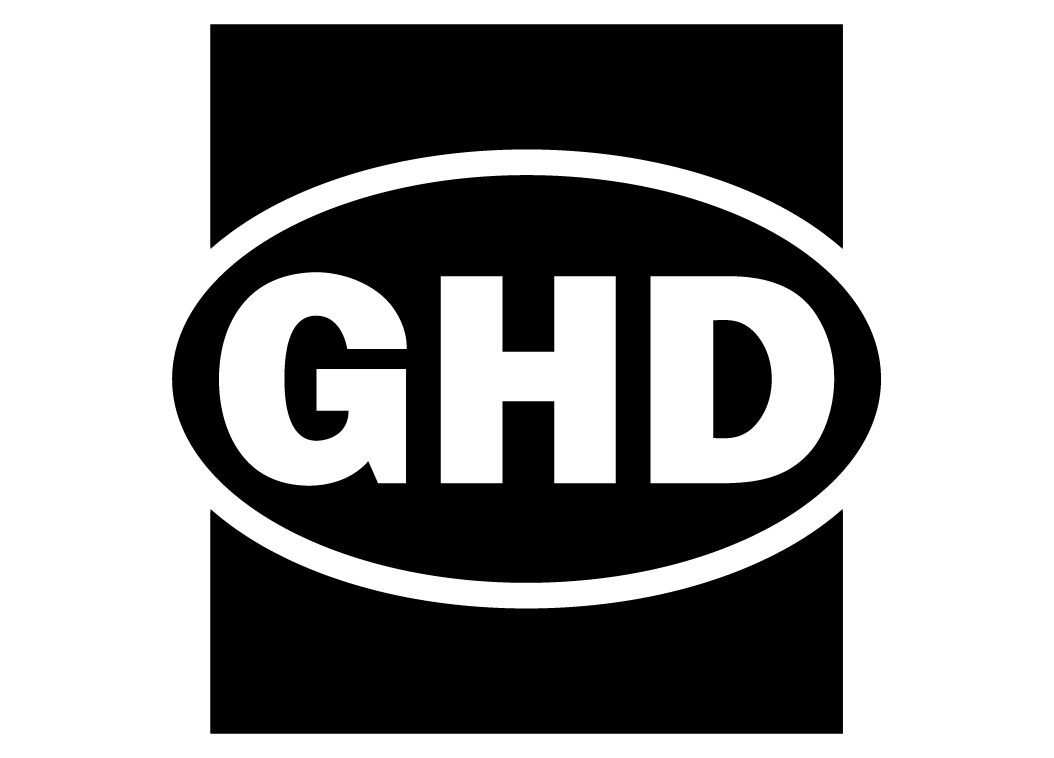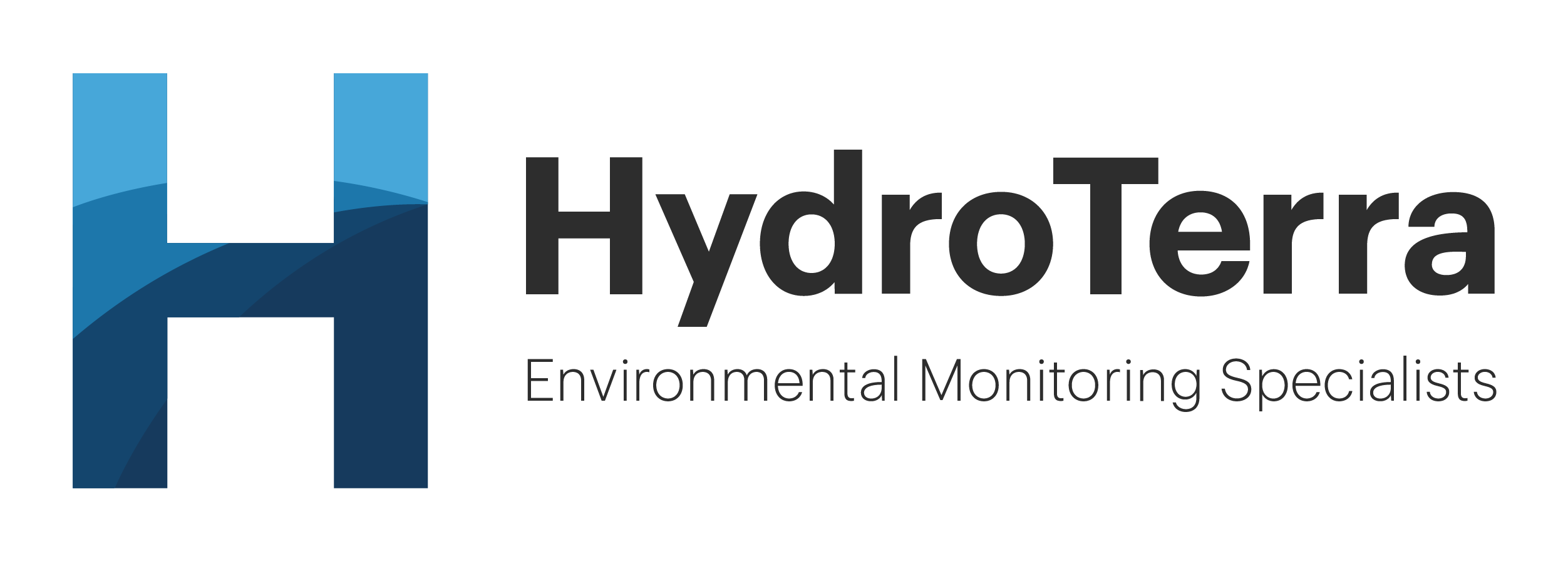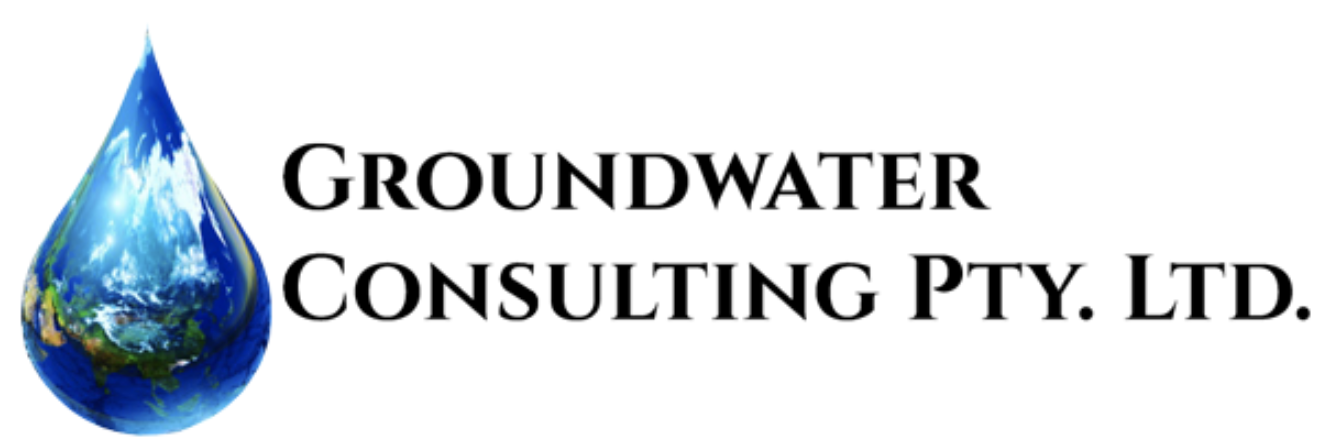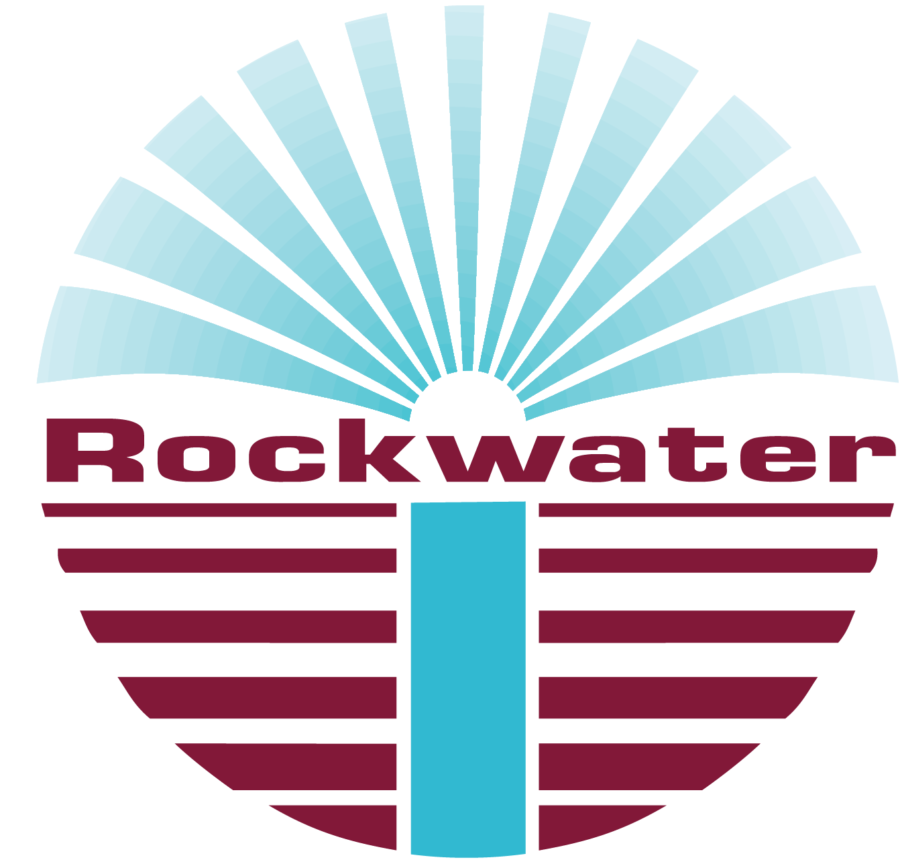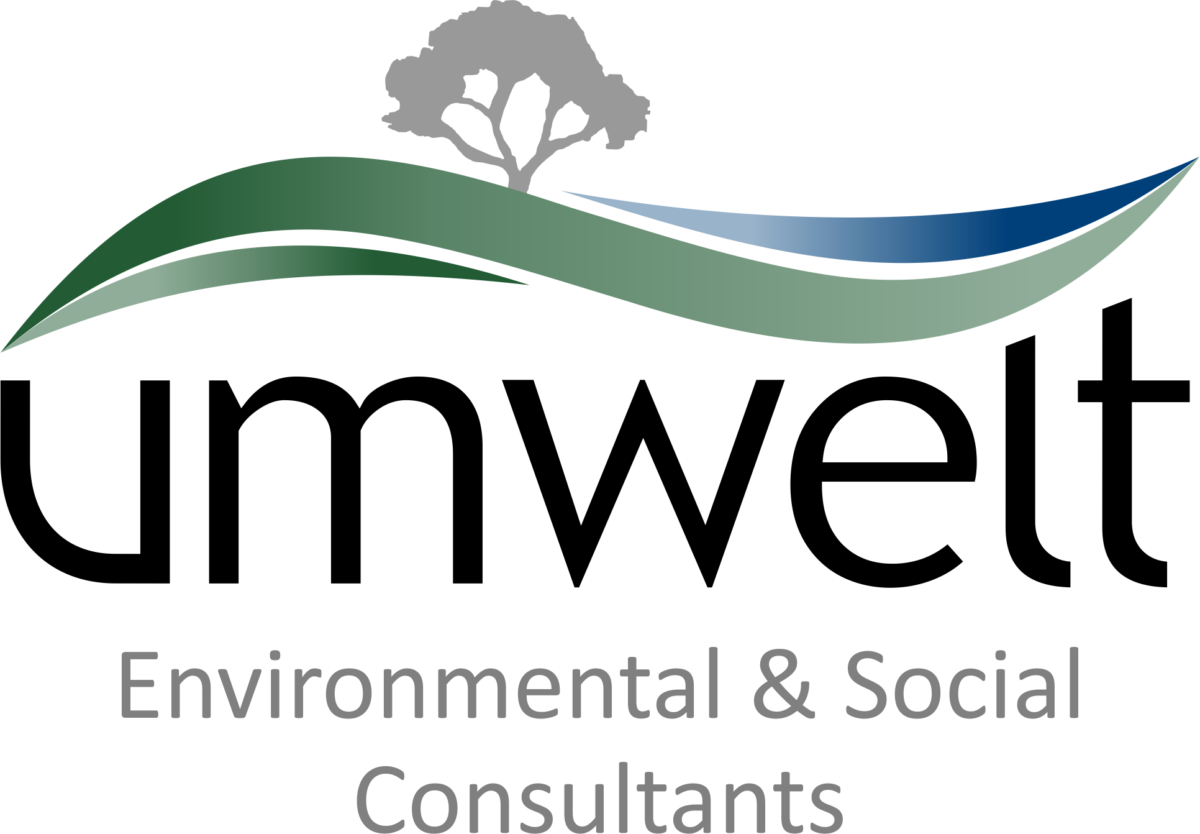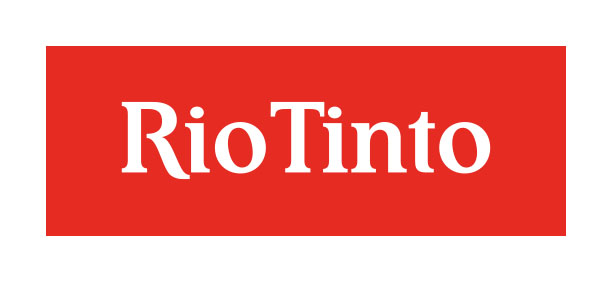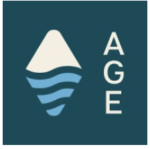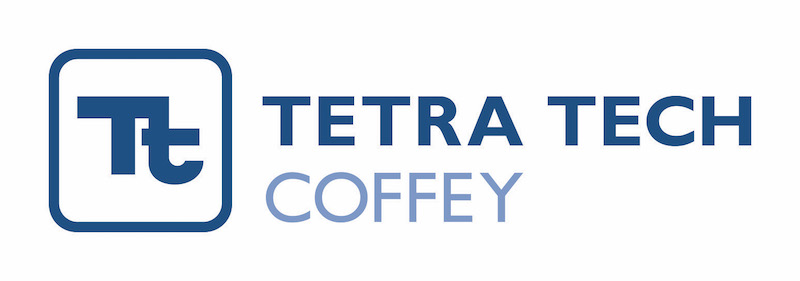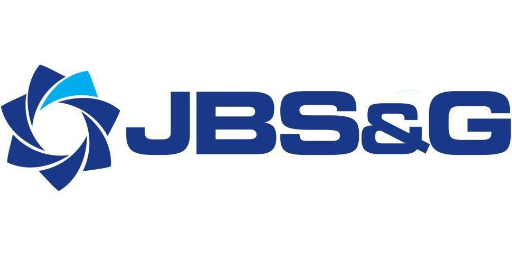The WA Branch will hold its first technical meeting of 2013 on Wednesday 20 February at the Balmoral Hotel, 901 Albany Highway, Victoria Park WA. The event will start at 5:30 pm with networking/socialising; the talk will begin at 6:00 pm.
Abstract:
The practice of groundwater modelling is commonly subject to time and budget constraints. That, associated with inherent limitations from industry GUI’s, make the development of highly complex models a difficult, if not impossible, task.
Model customization, scripting and software development can tap into the sheer computer processing power and help to break or minimize these constraints through automation.
An example from an open pit mine located in Papua New Guinea is presented. The combination of intense geothermal activity, high rainfall rates and proximity to the sea produce elevated pore pressures along the pit walls. A numerical model produced with FEFLOW was developed to assess the current pore pressure distribution and provide predictions of pressure and temperature along the pits.
The geology of the site presents a high degree of complexity, which renders conventional modelling discretization techniques impractical. Specific routines were developed to convert geology block models in to parameter zones, which not only improved geology representation, but also provided a much faster approach for the development of these zones.
Pit development and its numerical representation also complex due to the long history of the mine and proposed mining schedule. A FEFLOW plugin was developed to automatically create pit boundary conditions during time, assigning Seepage Face boundaries to the model nodes as they are “excavated”.
The site currently holds a massive database of pressure and temperature observations. More than 100,000 measurements have been conducted in approximately 200 Vibrating Wire Piezometers over a period of 20 years. Although the large volume of observation data contributes for the model reliability and robustness, processing this data during model calibration poses a great challenge. Another FEFLOW plugin was developed, where calibration statistics are generated automatically as the model runs. Additional software was developed to crunch calibration statistics and provide graphical displays of calibration results.
The development of such model plugins and post processing software not only increased the “modelling power” in terms of setup and calibration analysis, but also accelerated the modelling process. With the use of such tools, the setup and calibration of models of high complexity can be done, if not quicker, in the same time frame of conventional models.
Biography: Eduardo de Sousa
Eduardo is a geologist from Universidade Federal do Rio Grande do Sul, with master’s degree in hydrogeology conducted at the University of the Free State, South Africa. He specializes in groundwater flow and contaminant transport model simulation and analysis, with 10 years of experience working in Australia, Brazil, Botswana, Madagascar, Malawi, Mozambique and South Africa as a numerical modeller.
Eduardo has conducted groundwater flow and mass transport modelling studies for site environmental assessment, environmental geochemistry, remediation investigation and design, acid mine drainage, mine pit dewatering and depressurization, and groundwater management projects using a wide variety of model codes, including Feflow, Modflow, Petrel, Mt3d-Ms, Phreeqc, PHT3d, Modflow-Surfact and Sutra, numerical computation programming with Matlab, Fortran and C++, as well as GIS data analysis using ArcGIS and Idrisi, amongst other softwares. During the 10 years that he has worked in hydrogeology field Eduardo has successfully applied and developed numerical flow,mass and heat transport models in the study and simulation of groundwater flow patterns, flow paths, travel times, spatial pressure distribution, water balance and contaminant mass transport characteristics in many different hydrogeological settings.
Sponsor: CSI Environmental
CSI Environmental is a 100% Australian owned and operated Company specialising in the manufacture of the most accurate, the most reliable, the most rugged and the most intuitive environmental instrumentation in the world. CSI Environmental is a 100% online Company, meaning we have less overheads, allowing us to provide the cheapest pricing available in the country. See our range online at www.csienvironmental.com.au or contact your local environmental equipment distributor.






